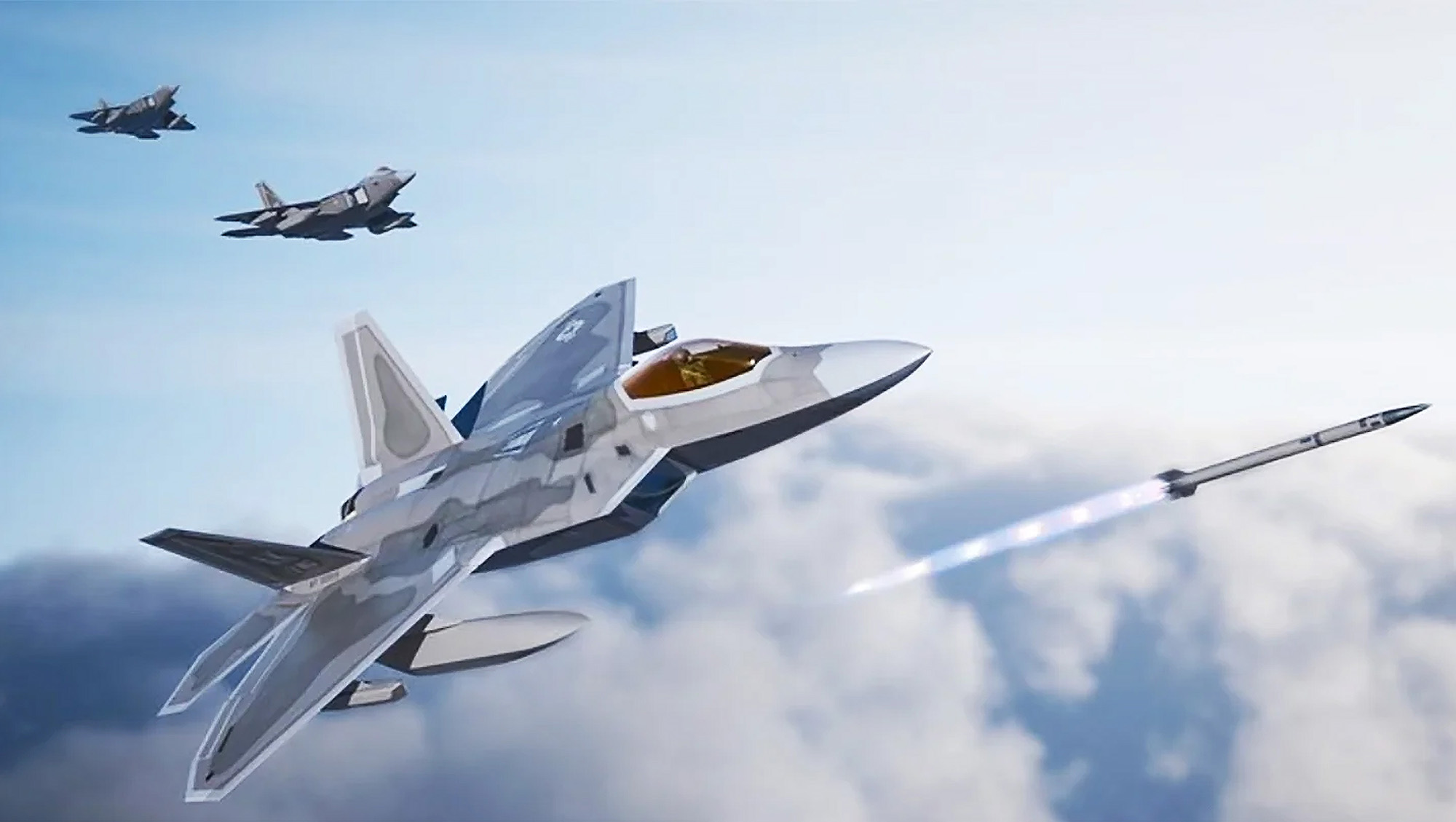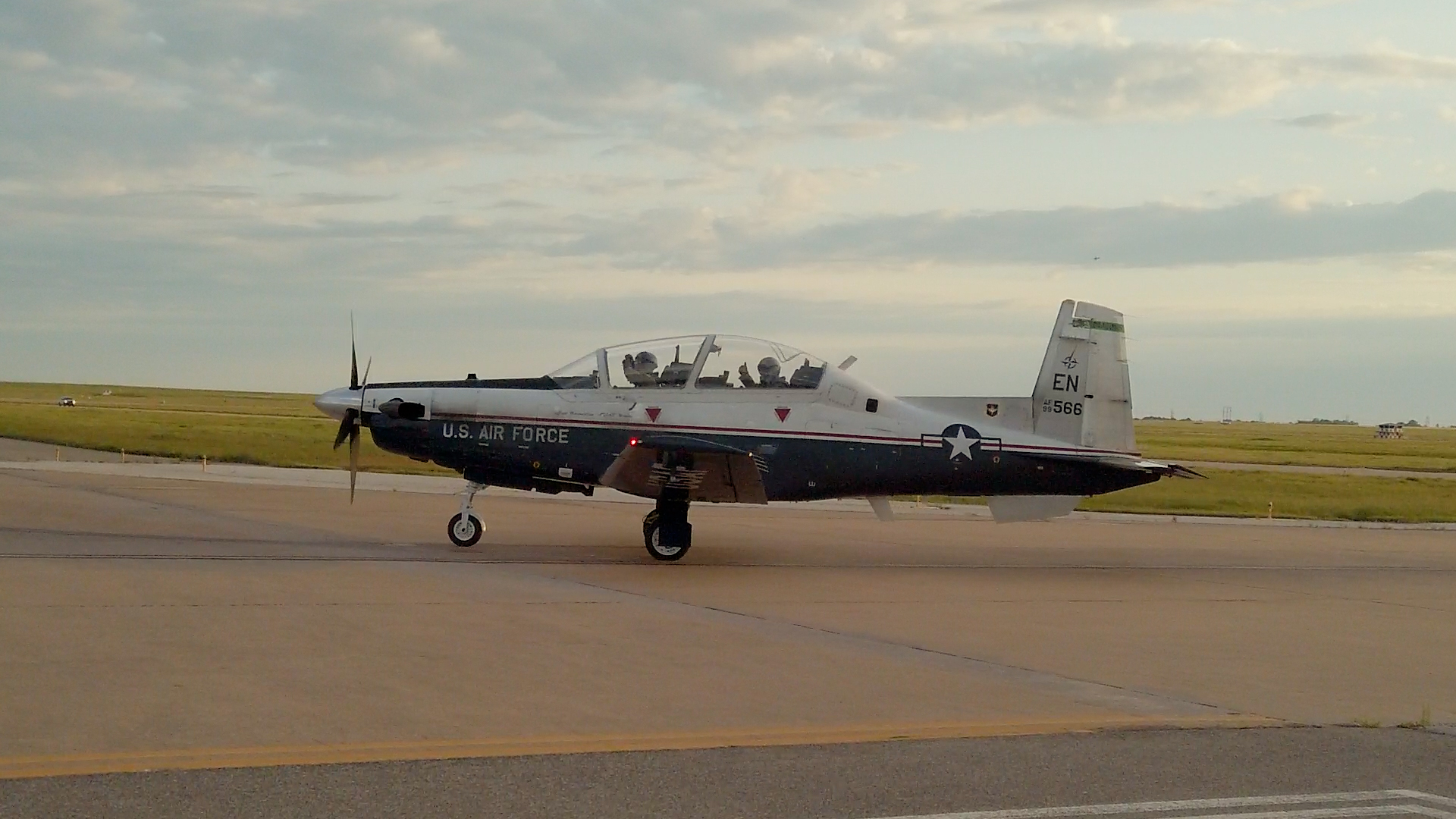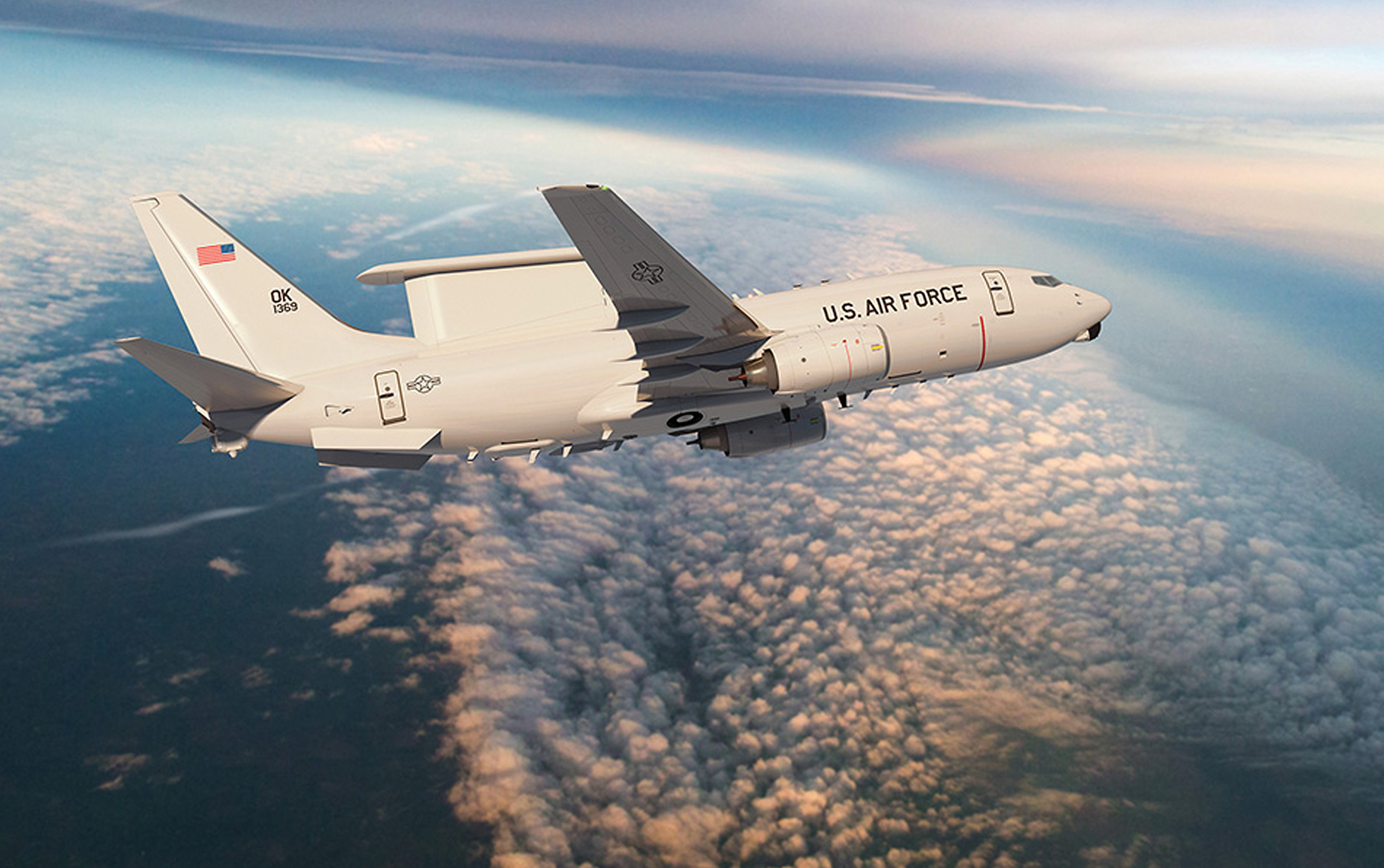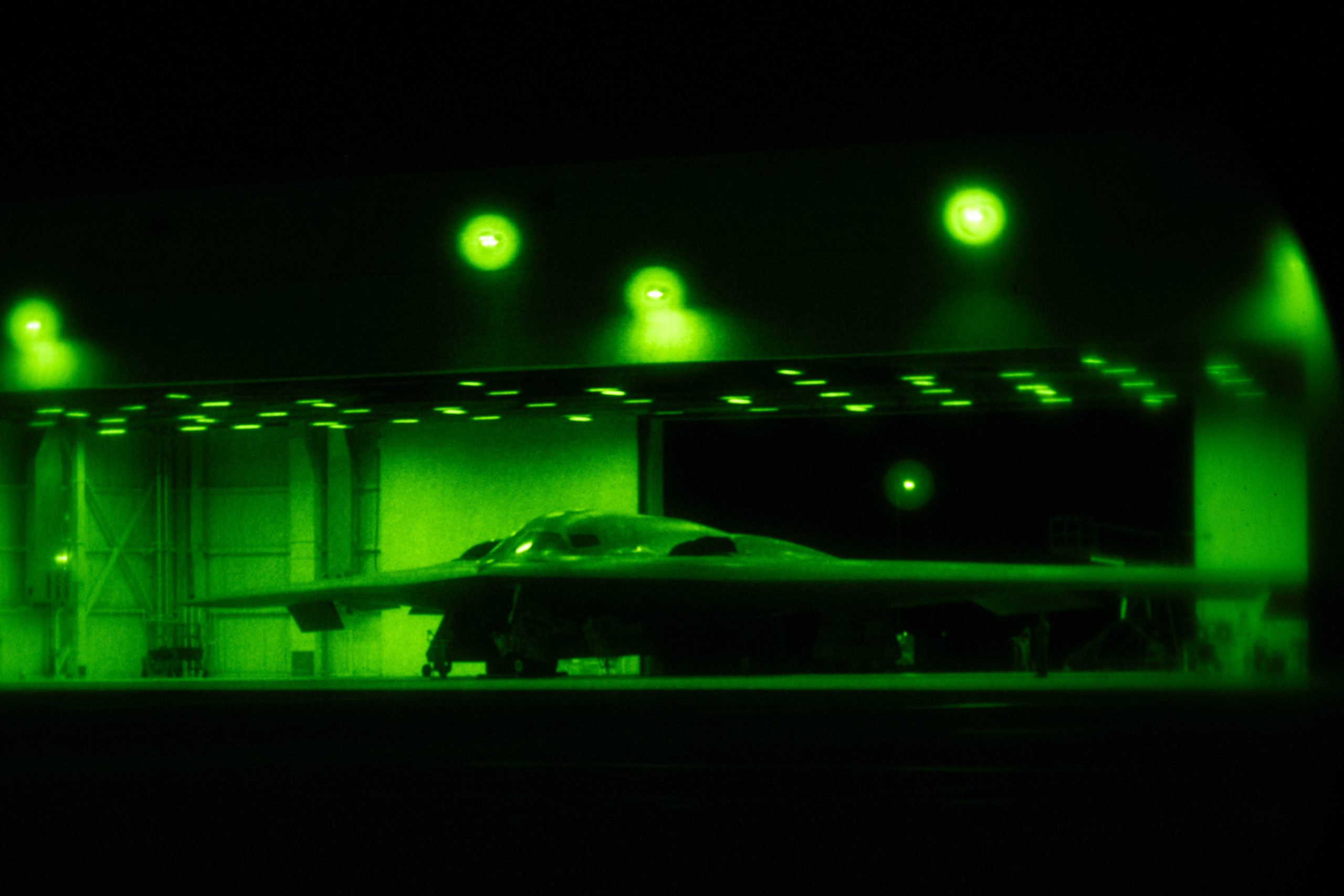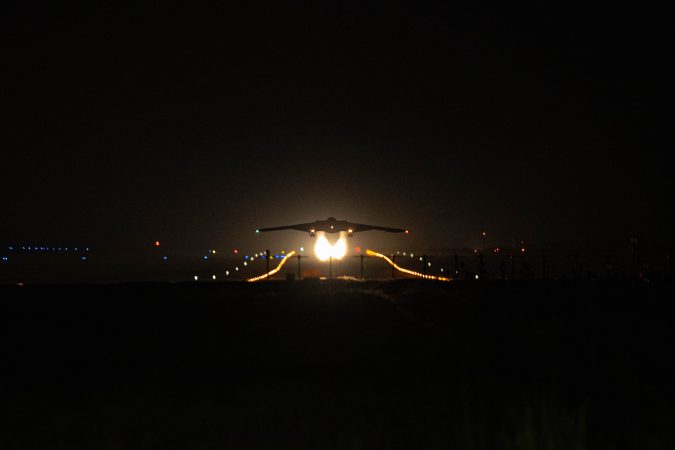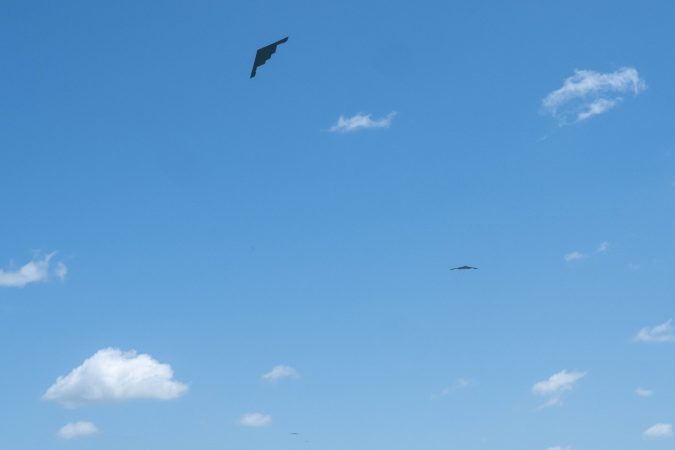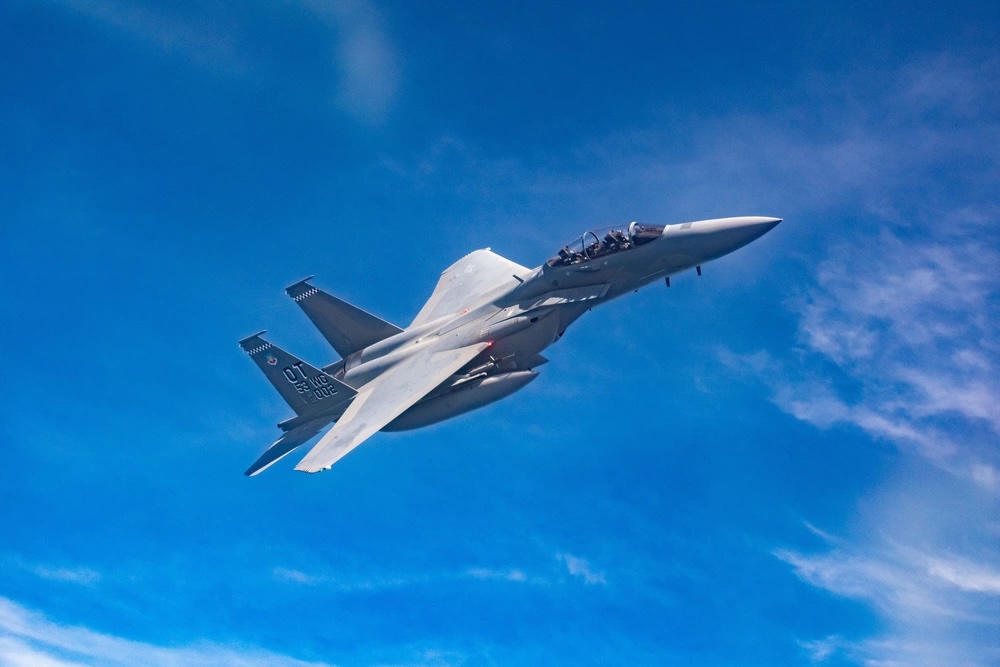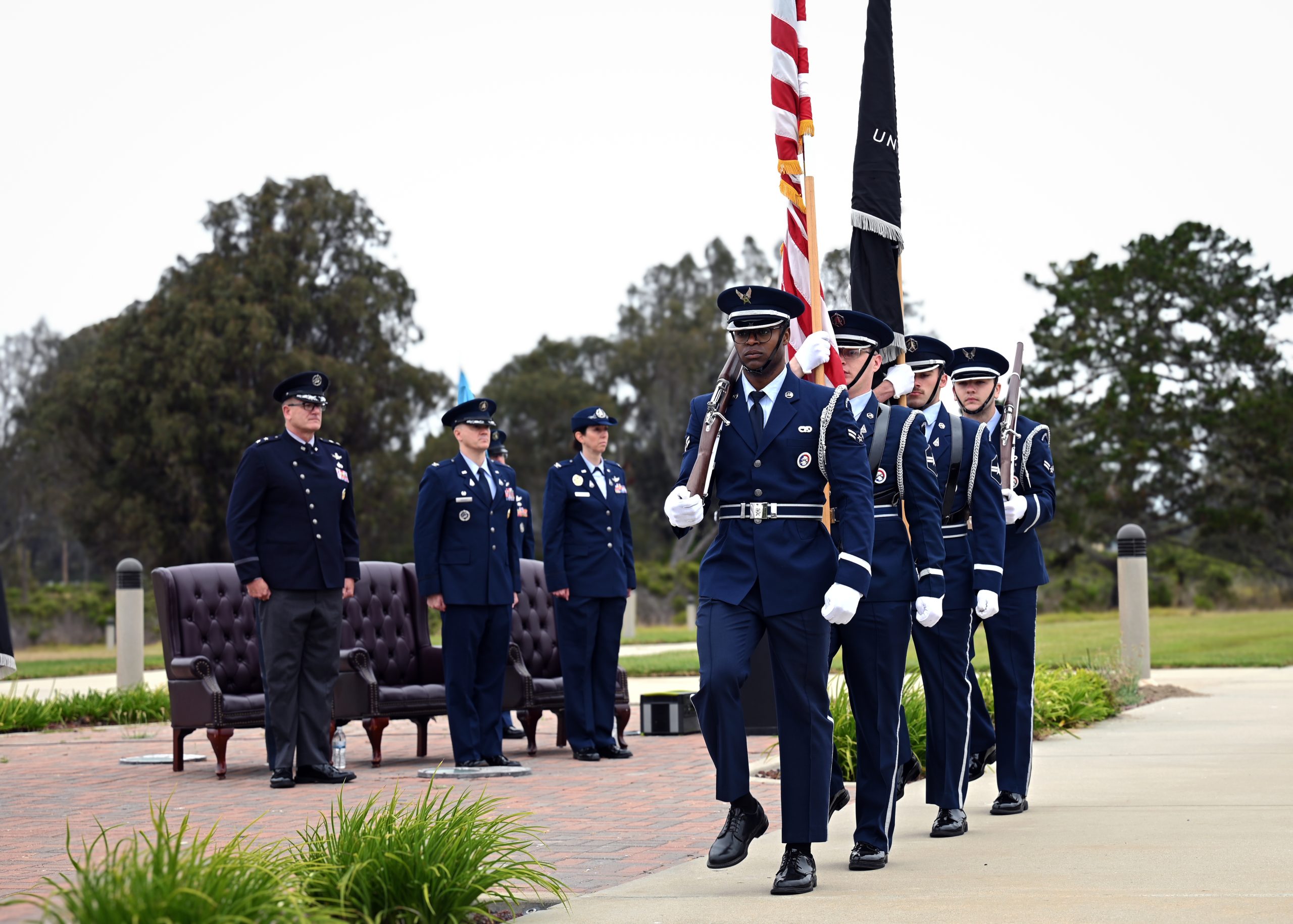The Air Force’s weapons procurement accounts—often used as a “bill-payer” for other priorities and to fill budget gaps—is poised for a major boost from the reconciliation package currently being debated by Congress. But without detailed budgetary information beyond fiscal 2026, it’s unclear whether the growth in stockpiles will be sustained.
The fiscal 2026 budget request released June 26 also saw the first-ever information on spending for the secret air-to-air AIM-260 Joint Advanced Tactical Missile, as well as on a new family of cruise missiles intended to be built at scale and at relatively low cost.
The Air Force spent $4.8 billion on munitions in fiscal 2024, a figure that fell to $2.57 billion in the ’25 budget. The ’26 request includes a modest rise in the base budget, to $2.85 billion, but with the reconciliation add of $1.94 billion, it rises all the way to $4.78 billion.
Budget documents released thus far by the Pentagon don’t include the traditional five-year spending plans, often called the Future Years Defense Plan or FYDP. Such plans are usually what weapons manufacturers use to help gauge their production capacity investments. It remains to be seen if the weapons spending surge will be the start of sustained growth, or a one-time, catch-up investment before a return to old habits of raiding the weapons accounts to cover other needs.
Weapons manufacturers have unanimously called on the Pentagon and Congress in the last three years to set a clear “demand signal” for routine and surge production capacity. Without such a transparent roadmap, manufacturers have said they can’t justify to stockholders the expense of adding space, tooling, and workforce if they’re not sure orders will appear.
JATM
Making its premiere in the Air Force’s unclassified budget this year is the AIM-260 JATM, built by Lockheed Martin, which is expected to vastly increase the range at which Air Force and Navy fighters can engage enemy aircraft. The Air Force is asking $376.9 million for 112 missiles, all from reconciliation, but revealed that it bought 104 missiles in fiscal 2024 and 40 in 2025, for $373.5 million and $165.6 million, respectively. Roughly speaking, that puts the cost of the latest missiles cost at about $3.36 million each, down from $4.14 million in ‘24, not including long-lead spending. The Navy is also requesting $301 million for JATM procurement.
Development of the missile is still far from over, though, with the Air Force asking for $425.1 million for JATM research, development, test and evaluation, while the Navy is asking $222.8 million for JATM RDT&E; a combined $647.9 million investment.
AMRAAM
By contrast, the Air Force is planning $665.1 million for 483 of its AIM-120 AMRAAM radar-guided air-to-air missiles, the service’s primary rsuch weapon for the last 35 years, giving it a price of roughly $1.38 million apiece.
The AMRAAM buy was also significantly increased by reconciliation. While the Air Force requested $365.1 million for 226 AMRAAMs, reconciliation added $300 million for 257 more. USAF wants $51.7 million to continue AMRAAM research and development,
Air Force officials have said that AMRAAM will be the primary weapon of the Collaborative Combat Aircraft, which will escort crewed fighters in future air combat, although they have said that JATM will also be in the CCA’s weapons mix at some point.
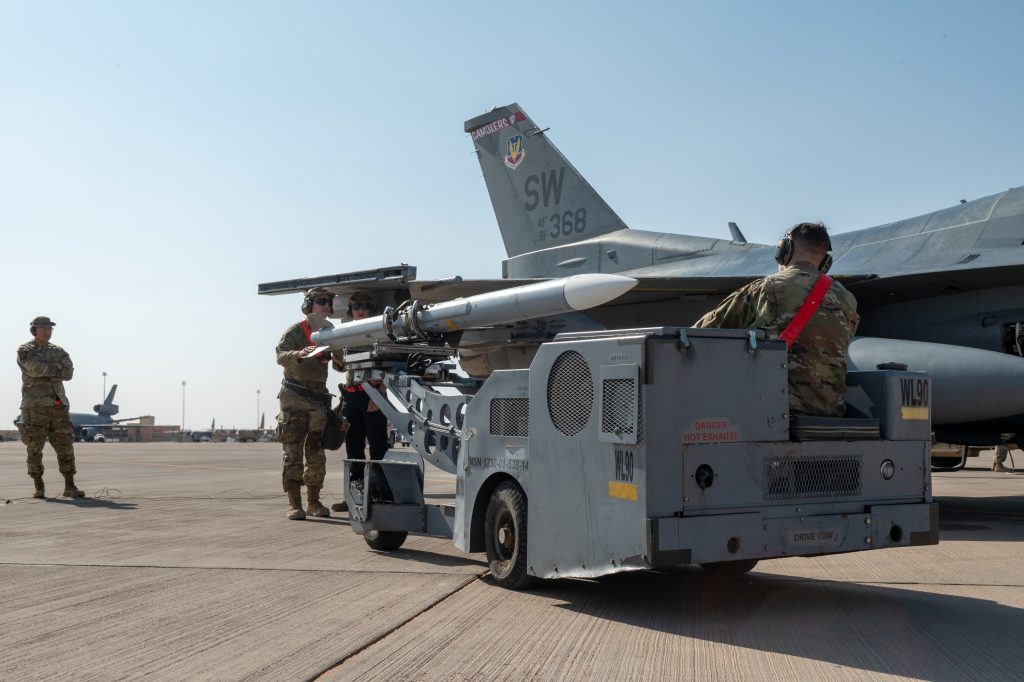
FAMM
Another new item in the munitions portfolio is the Family of Affordable Mass Missiles, about which the Air Force did not offer any background. The program is set to include 3,010 weapons for $656.3 million, all provided by reconciliation. That translates to a per-unit cost of $218,000 per cruise missile. Anduril Industries has been promoting its “Barracuda” low-cost cruise missile, as has Lockheed Martin, which last fall rolled out its “Common Multi-Mission Truck” cruise vehicle which could carry a variety of payloads.
Two of the largest buys in the Air Force weapons category are the AGM-158 Joint Air-to-Surface Standoff Missile and the externally similar AGM-158C Long Range Air-to-Surface Missile, both made by Lockheed Martin. The Air Force is buying 389 JASSMS and 118 LRASMS, at a cost of $1 billion and $431.6 million, respectively. The JASSM will cost about $2.6 million apiece if the budget is approved, while LRASM will cost $3.6 million each. The Air Force is also continuing development of JASSM, with $232.3 million requested for the effort.
Marking a return to the Air Force’s weapons portfolio is the AGM-183 Air Launched Rapid-Response Weapon, or ARRW, a rapid-prototype boost-glide hypersonic missile that the service seemingly lost interest in two years ago, when the large weapon completed initial testing off B-52 bombers. The Air Force wants $387.1 million for ARRW procurement in 2026, without specifying a number of units. The other Air Force-acknowledged hypersonic program—the Hypersonic Attack Cruise Missile—is requested at $802.8 million for RDT&E, none of which was added by the reconciliation. Unlike the ARRW, the HACM is an air-breathing missile with longer range, while small enough to be carried by fighter-sized aircraft.
The Air Force expects that the new Stand-in Attack Weapon (SiAW) will be, broadly, a replacement for the Joint Direct Attack Munition (JDAM), by virtue of being faster and better able to skirt enemy air defenses. The SiAW, based on Northrop Grumman’s Advanced Anti-Radiation Guided Missile, was requested at $185.9 million for 99 units, with an additional $255.3 million for continuing development.
The Air Force is sticking with 1,500 JDAMs a year, though, asking $126.4 million for that number of units in 2026.
The AGM-181 Long Range Stand-Off, the nuclear-armed cruise missile that will succeed the AGM-86B Air-Launched Cruise Missile, would get $442.7 million in procurement, to cover missile production and advanced procurement. A further $606.9 million would fund continuing development; overall, a $1.05 billion investment in the Raytheon program. The LRSO is largely classified but Gen. Thomas Bussiere, head of Global Strike Command, recently said LRSO is doing well and he anticipates no program delays. The Air Force published the first image of the missile in June. While the Air Force waits for LRSO, it’s requesting $175.4 million in RDT&E to keep the missile credible down the line.
The Air Force wants to buy 806 of the Small Diameter Bomb II Stormbreaker, also made by Raytheon, for $307.7 million. Production of Stormbreaker has been fairly consistent in recent years, reaching its recent high water mark of 868 units in fiscal 2025. The Air Force is asking another $24.8 million for ongoing development of the weapon.
The Air Force is asking $6.8 million to buy more GBU-57 Massive Ordnance Penetrator bombs, 14 of which were used to attack Iranian nuclear development facilities in June. The service did not specify how many bombs that amount would buy.
